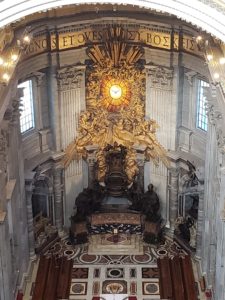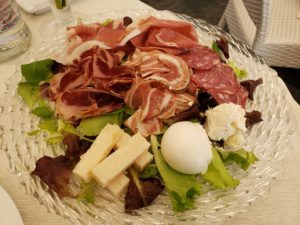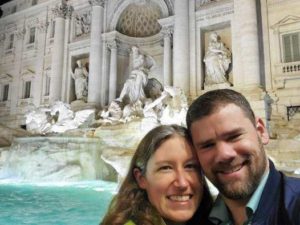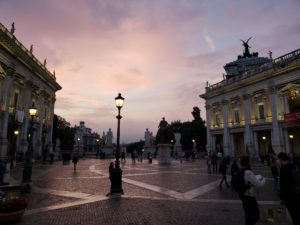As someone who studied abroad in Rome, I thought I had seen it all. (Well, truly, I don’t think that’s possible – there’s an unending list of things to see in the Eternal City.) On my recent return trip to Italy, I was wonderfully surprised and excited by all of the new things I was able to experience this time around. And all the delicious Italian wine and authentic food we sampled.
Overall, Rome hasn’t changed much since I lived there 12 years ago. We stayed in my old neighborhood and went to some of my old haunts like Remo’s Pizzeria (the best pizza in Rome). When I was studying there, Rome was trying to build Metro Line C. It’s still a work in progress as tunneling under the city has resulted in never-ending excavations as they dig up more history. The Colosseum, Roman Forum, Sistine Chapel, Pantheon, and the Trevi Fountain – they’re all still there, attracting more visitors than ever, and they are truly amazing sights to behold. But some of the unexpected and special activities we came across will make this trip most memorable for me:
- Exploring the Colosseum at night with no crowds and a tour of the underground
- Experiencing the virtual chariot race at the Circus Maximus
- Visiting the long-off limits Palatine Hill for an incredible aerial view of the Forum and exploration of the imperial palace ruins
- Climbing to the top of St. Peter’s dome
- Descending into the Grottoes under Saint Peter’s Basilica to see the tombs of the Popes
- Enjoying a glass of prosecco on Castel Sant’Angelo with a view of the Vatican in the distance
Similarly, in our travels south to Pompeii, Capri, and the Amalfi Coast, more new experiences became highlights of our travels:
- Viewing the unbelievably well-preserved frescoes in the Villa of the Mysteries in Pompeii
- Boating to the Green (not blue!) Grotto on Capri to see the glowing aqua water
- Getting sidetracked when driving the Amalfi Coast and discovering the wonderful seaside town of Maiori
- Watching an unforgettable sunset over Positano on our last evening in Italy
I’m already excited for more new experiences when we make it back to Italy someday (we threw our coins in the Trevi Fountain, after all). Of course, the thought of all that pasta and gelato doesn’t hurt either….
-Rina Van Orden, Esq.
- Sunset over Positano
- Remo’s Pizzeria
- Bernini’s Throne of St. Peter from above
- Aerial view of the Roman Forum
- The Italian Supreme Court
- Aerial view of the Roman Forum
- St. Peter’s Basilica
- Antipasto
- Maiori
- La Fontana di Trevi
- The Green Grotto on Capri
- Frescoes at the Villa of the Mysteries in Pompeii
- View from St. Peter’s Dome
- Il Campidoglio at sunset
- View of Vatican City from Castel Sant’Angelo
- Il Colosseo
















